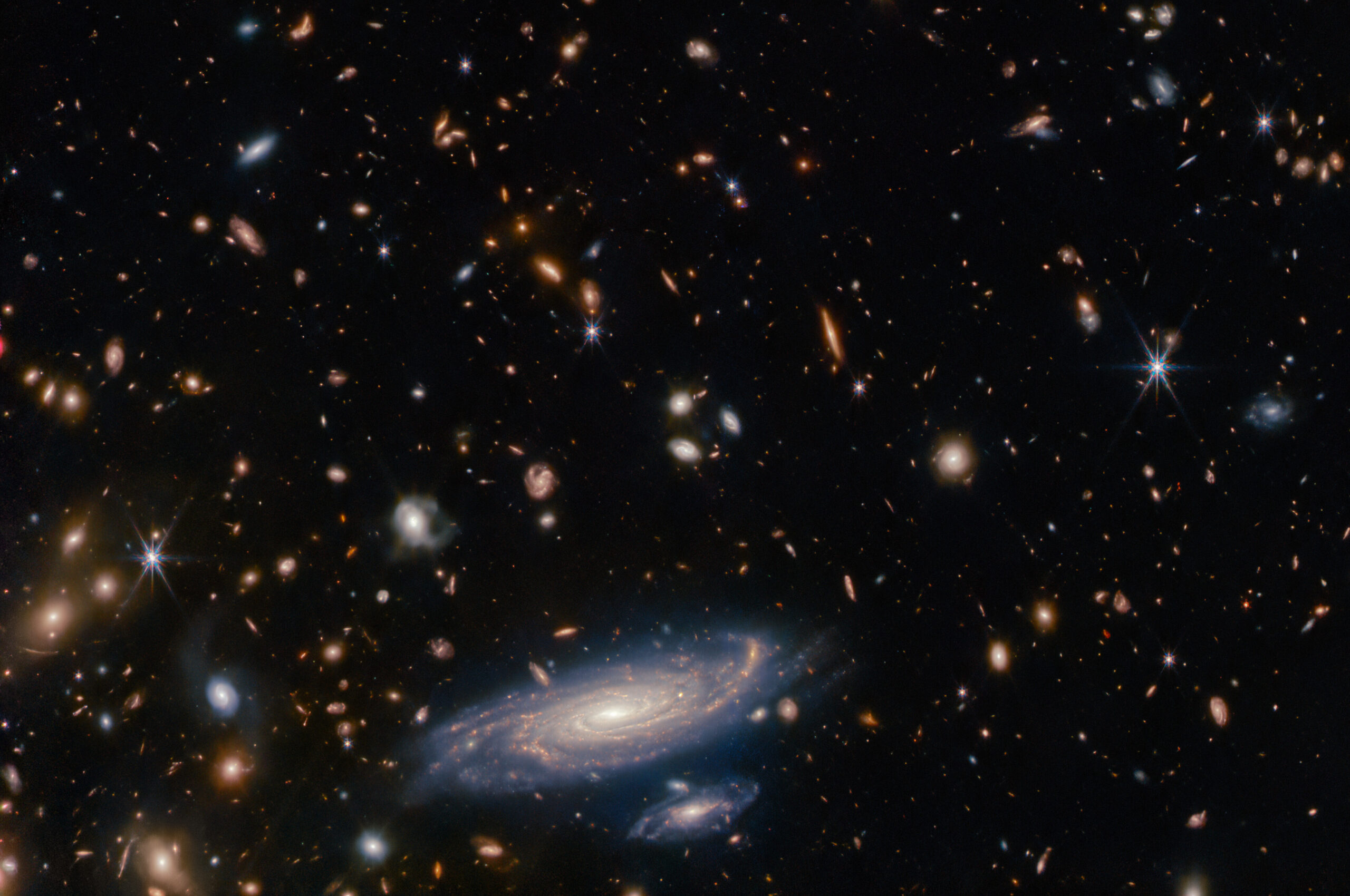Listed are all scientific papers resulting from an ISSI activity written or co-authored by ISSI Team members, Working Group members, Workshop participants, visitors or staff members.
A recent study of the distribution of dwarf galaxies in the MATLAS sample in galaxy groups revealed an excess of flattened satellite structures, reminiscent of the co-rotating planes of dwarf galaxies discovered in the local Universe. If confirmed, this lends credence to the plane-of-satellite problem and further challenges the standard model of hierarchical structure formation.
Since the Voyager mission flybys in 1979, we have known the moon Io to be both volcanically active and the main source of plasma in the vast magnetosphere of Jupiter. Material lost from Io forms neutral clouds, the Io plasma torus and ultimately the extended plasma sheet. This material is supplied from Io’s upper atmosphere and atmospheric loss is likely driven by plasma-interaction effects with possible contributions from thermal escape and photochemistry-driven escape.
Launched in 2003, the European Space Agency’s Mars Express (MEX) has been orbiting Mars for 20 years and its instruments have performed continuous monitoring of the conditions in the Martian atmosphere, providing one of the most complete datasets of atmospheric parameters ever collected for Mars.
We compare two candidate nonlinearities for regulating the solar cycle within the Babcock–Leighton paradigm: tilt quenching (whereby the tilt of active regions is reduced in stronger cycles) and latitude quenching (whereby flux emerges at higher latitudes in stronger solar cycles). Digitized historical observations are used to build a database of individual magnetic plage regions from 1923 to 1985.
Turbulence, a fascinating and intricate phenomenon, has captivated scientists over different domains, mainly for its complex cross-scale nature spanning a wide range of temporal and spatial scales. Despite significant advances in theories and observations in the last decades, some aspects of turbulence still remain unsolved, motivating new efforts to understand its underlying physical mechanisms and refine mathematical theories along with numerical models.
Context. We investigate the behavior of the plasma in eruptive prominences and coronal mass ejections in characteristic physical conditions. Aims. We aim to demonstrate various relations between the plasma parameters and radiation properties relevant to Solar Orbiter and Metis observations. Methods. Our method is based on 2D non-local thermodynamic equilibrium (non-LTE) modeling of moving structures that are externally illuminated from the solar disk.
Remote brightening (RB) is compact brightening at footpoints of magnetic loops, which are remotely connecting to and confining an eruption in the solar atmosphere. Here, we report on observations of an RB resulting from an EUV jet with a speed of about 90 km s−1. The loops connecting the RB and the jet have an apparent length of about 59 Mm. Intriguingly, the RB exhibits at least two episodes of brightenings, as characterized by two peaks in its lightcurve.
We present the first X-ray polarization measurements of GX 339–4. IXPE observed this source twice during its 2023–2024 outburst, once in the soft-intermediate state and again during a soft state. The observation taken during the intermediate state shows a significant (4σ) polarization degree PX = 1.3% ± 0.3% and polarization angle θX = −74° ± 7° only in the 3–8 keV band.
Accurate atomic models for astrophysical plasma can be very complex, requiring thousands of states. However, for a variety of applications such as large-scale forward models of the Stokes parameters of a spectral line in the solar corona, it is necessary to build much reduced atomic models. We present two examples of such models, focused on the two near-infrared Fe xiii lines observed on the ground at 10 750 and 10 801 Å.
Recent observations of the solar atmosphere in cool extreme-ultraviolet lines have reported the prevalence of coronal rain falling from coronal cloud filaments that are associated with the magnetic dips of coronal X-point structures. These filaments mysteriously appear as clouds of mass in the corona that subsequently shrink and disappear due to mass losses that drain as coronal rain along arced field lines.
